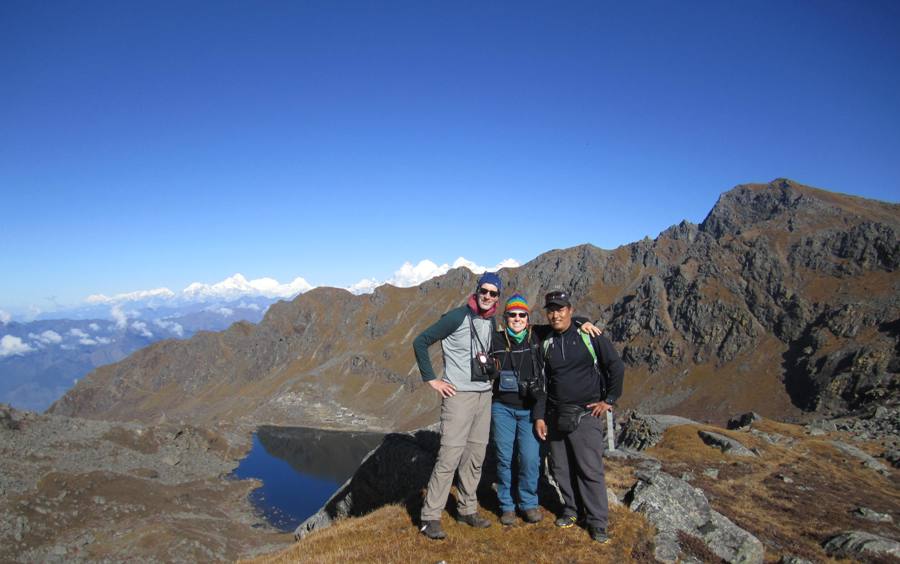Have Questions? Ask Expert
+9779851065082
Why Nepal is famous for trekking?
skylineMarch 10. 20243 min

Nepal is famous for trekking due to a combination of factors that make it an ideal destination for adventurers seeking stunning landscapes, cultural immersion, and diverse trekking / day hikes in Nepal experiences.
Here’s a detailed breakdown of why Nepal stands out for trekking:
- Himalayan Landscape: Nepal is home to the world’s highest mountain range, the Himalayas, including Mount Everest, the tallest peak on Earth. This majestic landscape offers a variety of terrain, from lush valleys to rugged mountain passes, providing trekkers with breathtaking views and challenging routes.
- Annapurna and Everest Regions: Nepal’s most popular trekking regions are the Annapurna and Everest regions. The Annapurna Circuit and Everest Base Camp treks are iconic routes that attract thousands of trekkers each year. These regions offer diverse landscapes, rich cultural experiences, and opportunities to witness some of the world’s highest peaks up close.
- Cultural Diversity: Nepal is home to a diverse array of ethnic groups, each with its own distinct culture, language, and traditions. Trekking routes often pass through traditional villages inhabited by Sherpas, Gurungs, Tamangs, and other ethnic communities. Trekkers have the opportunity to interact with locals, learn about their customs, and experience traditional hospitality.
- Teahouse Trekking: Nepal’s teahouse trekking system is well-developed, especially in popular trekking regions. Teahouses are basic lodges that provide accommodation and meals along the trekking routes. This infrastructure makes trekking in Nepal accessible to a wide range of travelers, as you don’t need to carry camping gear or food supplies.
- Varied Trekking Routes: Nepal offers trekking routes suitable for all levels of trekkers, from beginners to experienced mountaineers. Whether you prefer a short, easy trek or a challenging high-altitude adventure, there are options available. Some treks involve gentle walks through terraced fields and rhododendron forests, while others require crossing high mountain passes and glaciers.
- Conservation Areas and National Parks: Many of Nepal’s trekking routes pass through protected areas such as conservation areas and national parks. These areas are home to diverse flora and fauna, including rare and endangered species. Trekking in these regions offers opportunities for wildlife spotting and experiencing pristine natural environments.
- Adventure Tourism Infrastructure: Nepal has a well-established adventure tourism infrastructure, with trekking agencies, guides, and porters available to assist trekkers. Whether you prefer a guided trek with a professional guide or want to organize an independent adventure, there are services available to suit your needs.
- Spiritual and Religious Sites: Nepal is a predominantly Hindu and Buddhist country, and trekking routes often include visits to sacred sites, monasteries, and temples. These spiritual landmarks add a cultural and spiritual dimension to the trekking experience, allowing trekkers to immerse themselves in the local religious traditions and practices.
In summary, Nepal’s combination of stunning natural beauty, cultural diversity, well-developed infrastructure, and diverse trek to Nepal experiences make it a world-renowned destination for trekking the himalayas in Nepal enthusiasts. Whether you’re seeking an epic high-altitude adventure or a leisurely cultural trek, Nepal hiking tour has something to offer for everyone.